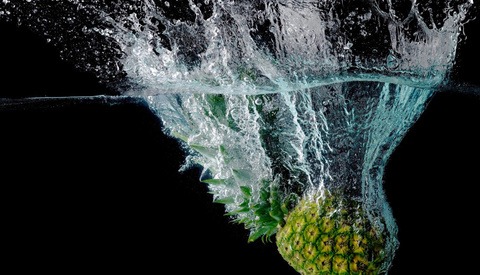What Is the Difference Between Cinema and Still Lenses?
The majority of the readers of this article who shoot video probably use still lenses. You might ask yourself why you may need different lenses for video while your existing photography ones work just fine. In this article I'd like to show you certain features of the cinema glass that you probably always wanted subconsciously. Maybe after reading this you'll start saving up the money for one.

































